Active vs Passive Components in Electronics: The Main Differences
June 21, 2022
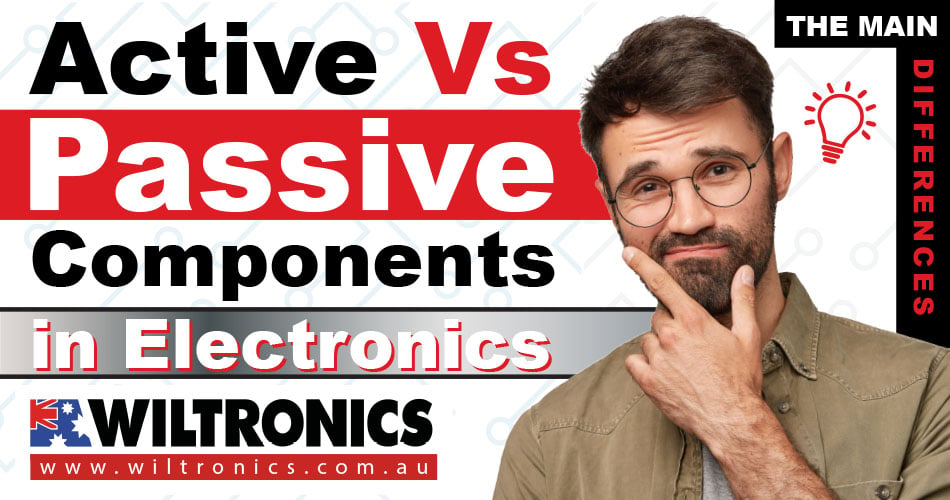
If you are working with components, it is vital to understand them. Active vs passive components – let’s learn the difference!
One key factor that marks electronic parts is if they are active or passive. But many are still unsure exactly what the difference entails, particularly beginners.
Active vs passive components – both play integral parts in electronics. You will likely find both kinds of components in every electronic device.
If you want to learn the variation between the two types, this article is here to help. We will provide an introductory explanation post with examples.
Active and Passive Components in Electronics
Electronic systems are built around analogue and digital elements. Each comprises resistors, capacitors, diodes, inductors, operational amplifiers and transistors.
And these are what we know as the active and passive components. In analogue circuits, these two are responsible for power management.
In electronics, active components make use of an external power source to add power to a system. Amplifiers, vacuum tubes, and transistors fall under this category.
As for passive components, they influence the power flow. They do not require an external power source to function, though. Resistors, inductors and capacitors come under this type of component.
For further explanation and definition of each type, as well as their differences, keep reading.
Defining Active Components
Technically, active components control the charge flow in electronic circuits. They generate energy and are the core component of operating any device.
In practice, they need energy sources to perform their specific function. Usually in the form of a direct current (DC).
Active components also affect the voltage and current in a circuit. For one, they may be a booster or stepped down based on the electron flow injected by an active device.
This shows how an active component amplifies the power of a signal, either voltage or current. Take a transistor, for example, acting as an amplifier in radio and RF circuits.
Speaking of voltage and current, active elements are categorised into two sections:
- Voltage-controlled devices
- Current controlled devices
Voltage-controlled devices produce their output current depending upon the input voltage. The BJT (Bipolar Junction Transistor) is a good example of a voltage-controlled device. BJT supplies static voltage as a control signal.
In contrast, current-controlled devices work on input current restraining another current. For instance, a FET (Field Effect Transistor) is a tension-controlled device. Its input impedance is high and needs little current to operate.
The most common components and their functions:
- Diode. This allows electricity to flow in one direction.
- Display devices. These include LCD, LED and CRT displays.
- Integrated circuit (e.g. chips or microchips). Multiple complex circuits on a circuit board. Used to perform all kinds of tasks.
- Power sources. These include batteries and other sources of alternating current (AC) or DC.
- Transistors. Mostly used for amplifying electrical signals or as switching devices.
Defining Passive Components
Passive elements are quite the opposite of their active counterparts. They do not need any external voltage to perform their job.
But the tricky part here is that they are incapable of providing energy on their own. In the end, they demand support from active devices.
In practice, passive elements can influence the flow of electricity running through them. For one, they can resist its flow, store energy for later use, or produce inductance. But they cannot control nor amplify electricity themselves.
An excellent example of a passive component is a resistor. Resistors are versatile components used as pull up or pull down in most hardware designs.
Another application is the control signal from a microcontroller. You can use the pull-up and pull-down to interrupt and turn off external devices. Inductors and capacitors also can store energy for a longer time and discharge.
The most common components and their functions:
- Capacitor. It stores electrical energy ‘electrostatically’ in an electric field known as charging. It can be released later when needed.
- Inductor. Stores electrical energy in a magnetic field. Inductors allow DC to flow through it.
- Resistor. Resists the flow of electrical current in a circuit and is used to lower voltage.
- Transducer. It converts an input signal from one type of energy into another. Sensors, for one, convert physical action/input into an electrical signal.
Active vs Passive Components: The Differences
Active and passive components are differentiated by various factors. When it comes to power, active components deliver it to the circuit. Meanwhile, passive components utilise it from the circuit.
As for operational requirements, active elements require external sources to work. Passive, in contrast, do not.
The function of the active produces energy in the form of voltage or current. The passive is the exact opposite; it stores energy in the form of voltage or current.
Another contrast is that an active component is capable of providing power gain, while a passive component is not. Active components also can control the current flow. But passive cannot; it can, however, store energy (in the case of inductors and capacitors). And active cannot.
The linearity of active components usually is non-linear. Conversely, passive components mostly fall under the linear category.
Lastly, the nature of the energy of active is energy donor, versus energy receptor for passive.
Get Your Active vs Passive Components Here!
Check our selection of active components – suitable for use in electronic projects.
Semiconductors
Semiconductors are materials that have conductivity between conductors and nonconductors or insulators. These are the keys to almost all parts of modern electronics technology.
Our semiconductors include transistors, diodes, transducers, integrated circuits, SCRs, and many others. All these devices use semiconductor technology.
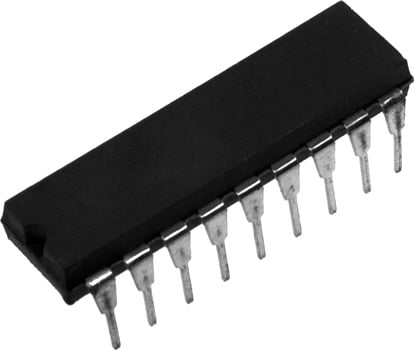
Integrated Circuits (ICs)
Integrated circuits (ICs) are a single-unit assembly of electronic components. They consist of miniaturised active (e.g. transistors and diodes) and passive devices (e.g. capacitors and resistors).
We have a large selection of ICs suitable for use in electronic projects. Shop Integrated Circuits here.
We also provide a wide range of passive components, so check them out below!
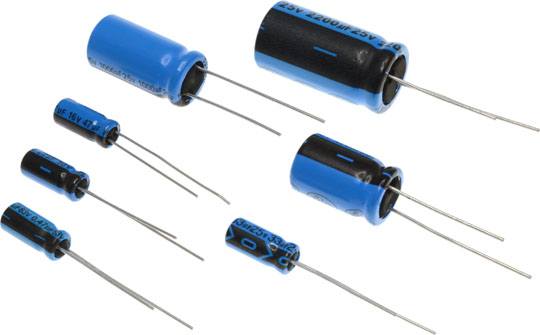
Capacitors
We offer various capacitors, from disc ceramic, electric fence, radial, and axial to polyester, mains suppression and more.
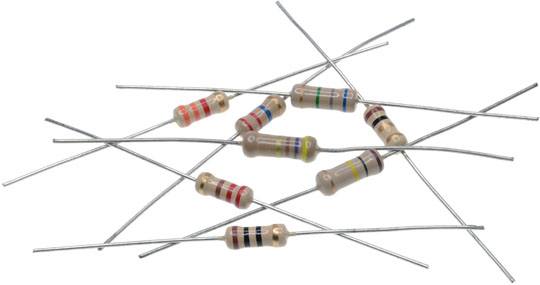
Resistors
These resistors regulate the flow of electrical current in a circuit. They are made of materials such as copper, carbon, and metal or can be wire-wound.
Check out our list of resistors to find the right one for you. Shop Resistors here.

Crystals – Oscillators
We have a wide range of Crystals Oscillators – useful components in clock circuits. They come in a variety of different frequencies, load capacitance, and applications.
Suitable for wristwatches, clocks, radios, computers, test equipment, and other devices. Shop Crystals – Oscillators here.
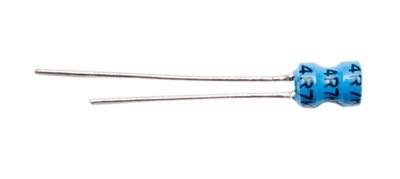
Chokes – RF Radial Type
We offer a variety of RF Radial Chokes designed to block AC from DC supply lines. They have a high impedance over a wide frequency range.
Shop Chokes – RF Radial Type here.
Active vs Passive Components: The Bottom Line
The key differences between active vs passive components focus around:
- Power consumption
- Operational requirements
- Power gain
- Current flow
- Linearity
- Energy behaviour
Simply put, active components are capable of providing energy to the circuit. Passive components do not require any external source for operation.
Plus, the passive component is capable of storing energy in the form of voltage or current in the circuit, while the active is not. In this way, active vs passive components are differentiated.
© Electrotech Brands Pty Ltd 2022


Write a Comment
You must be logged in to post a comment.